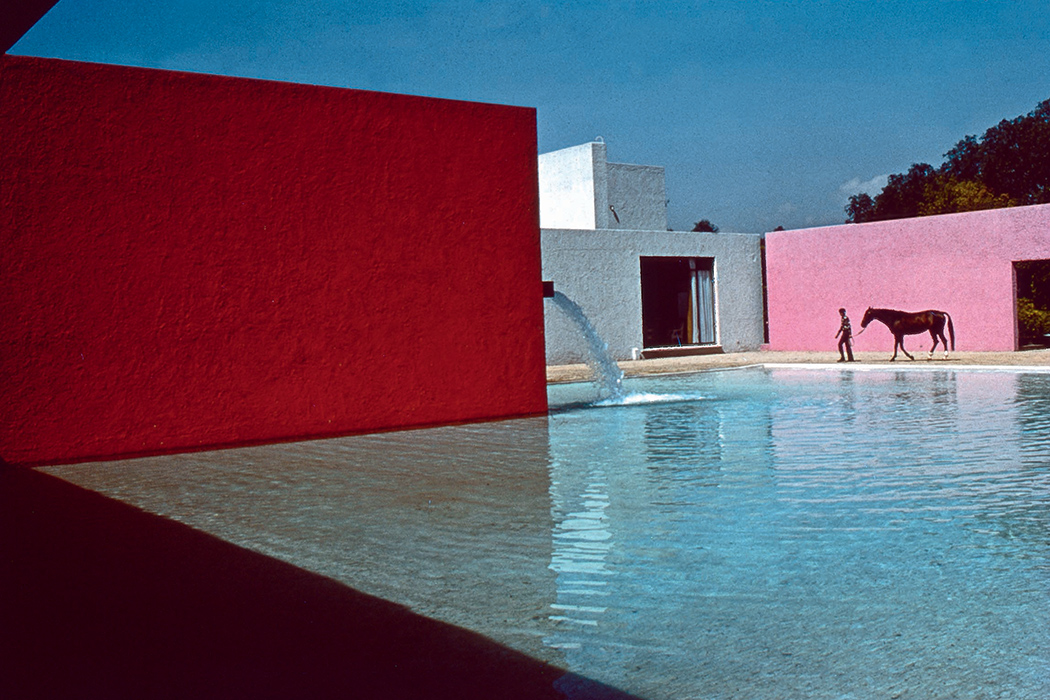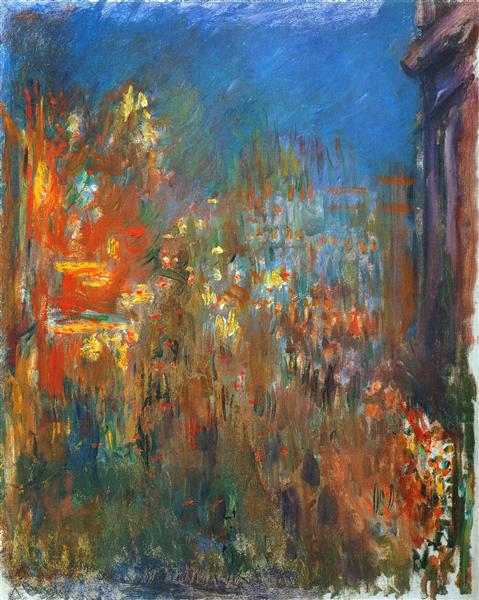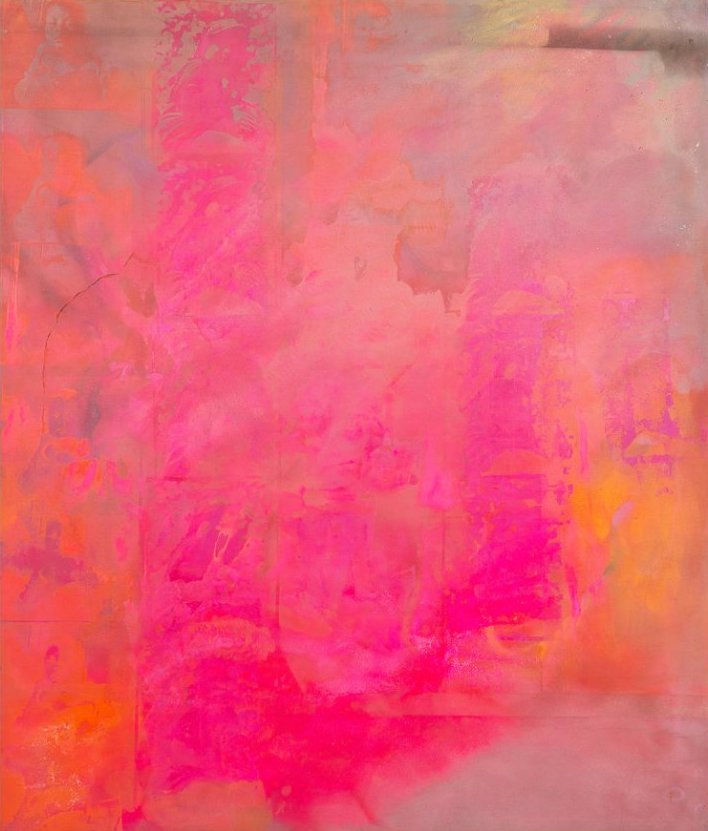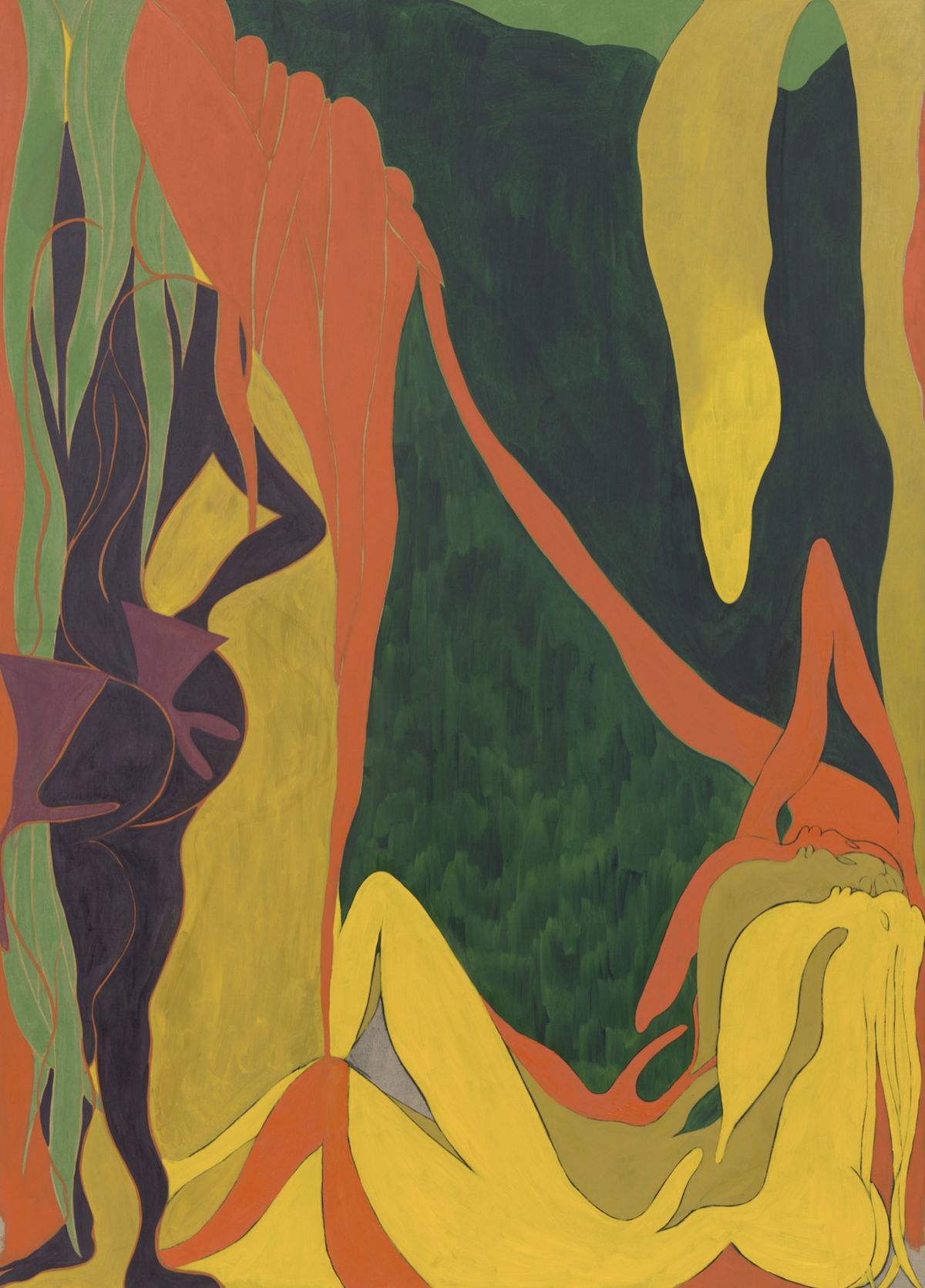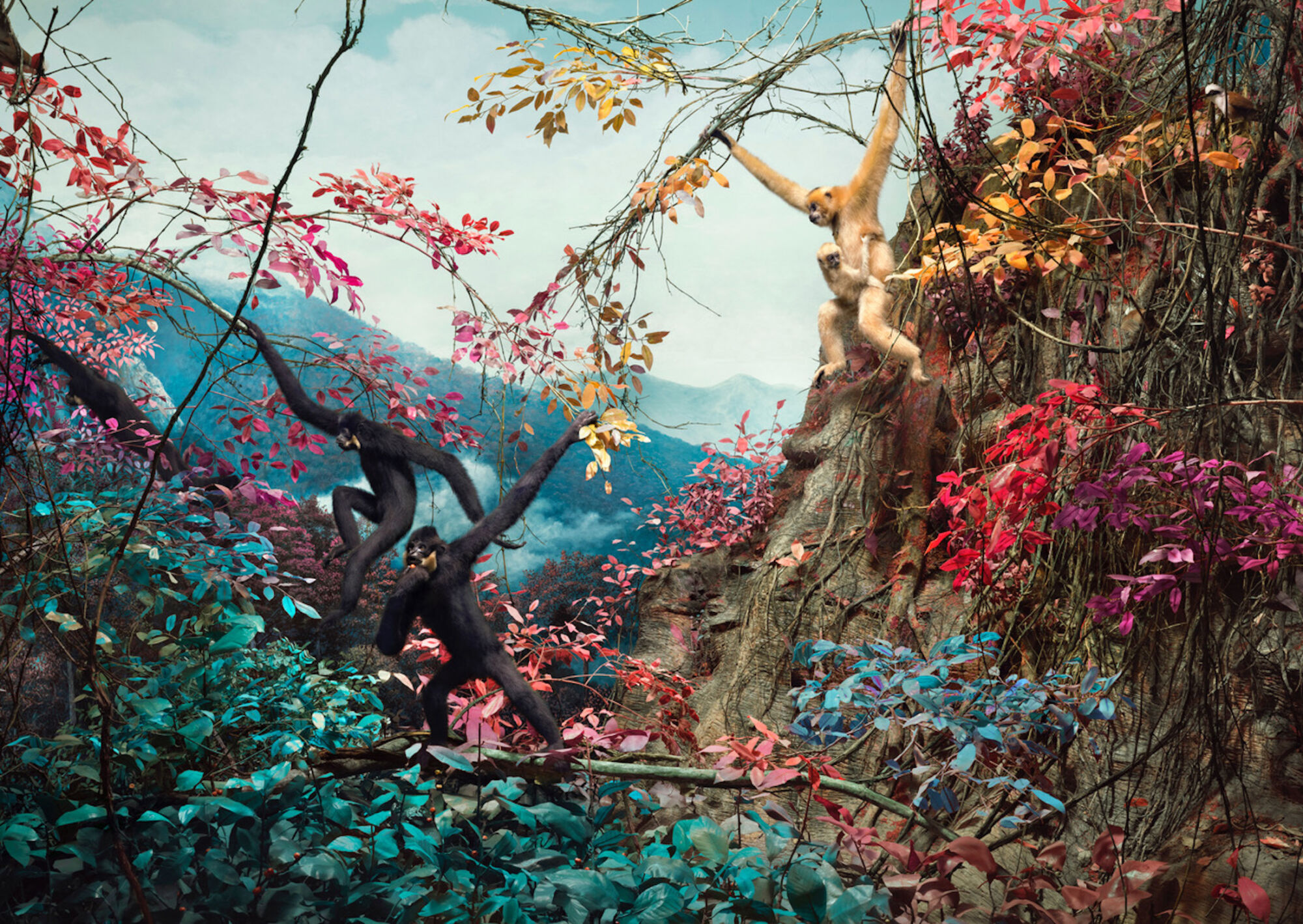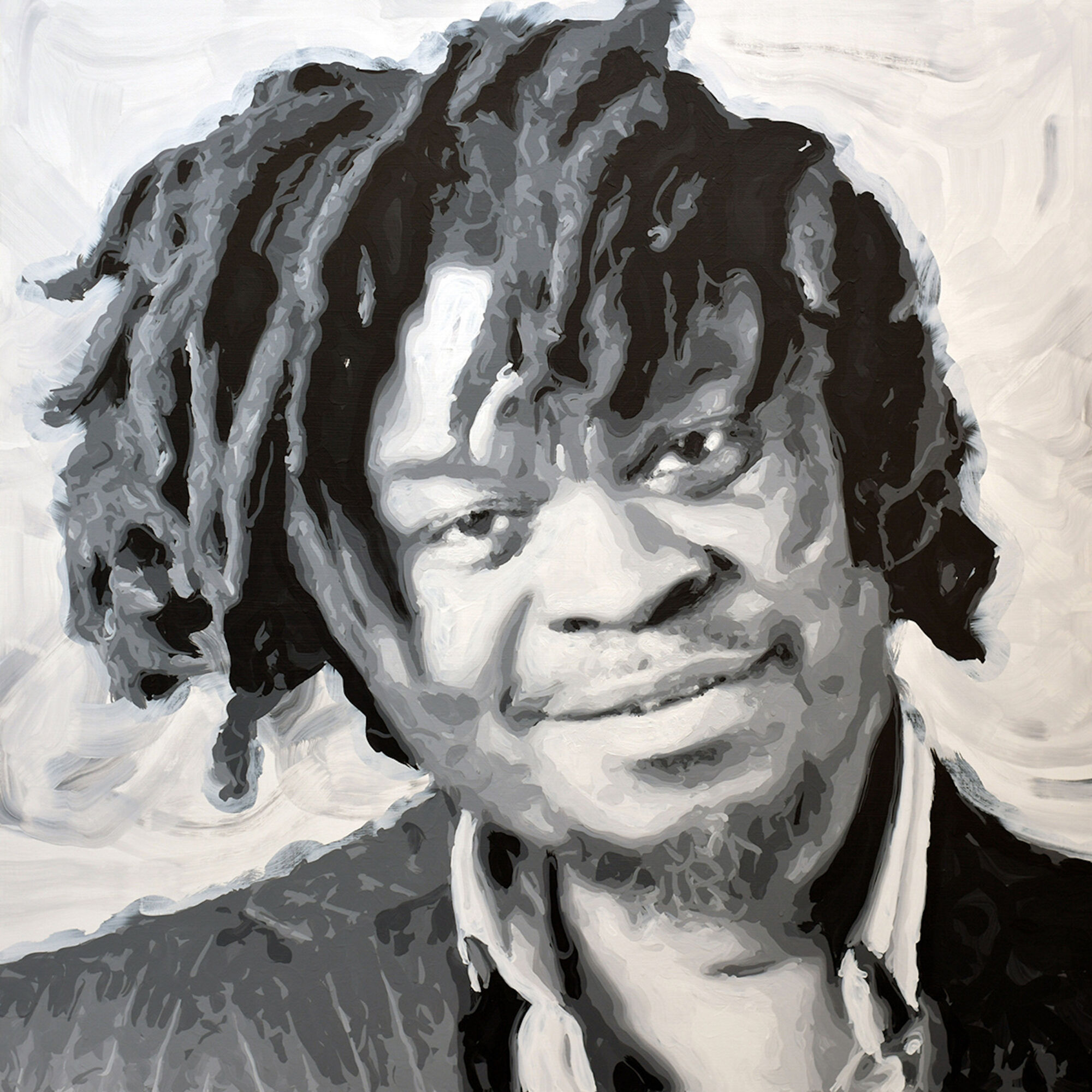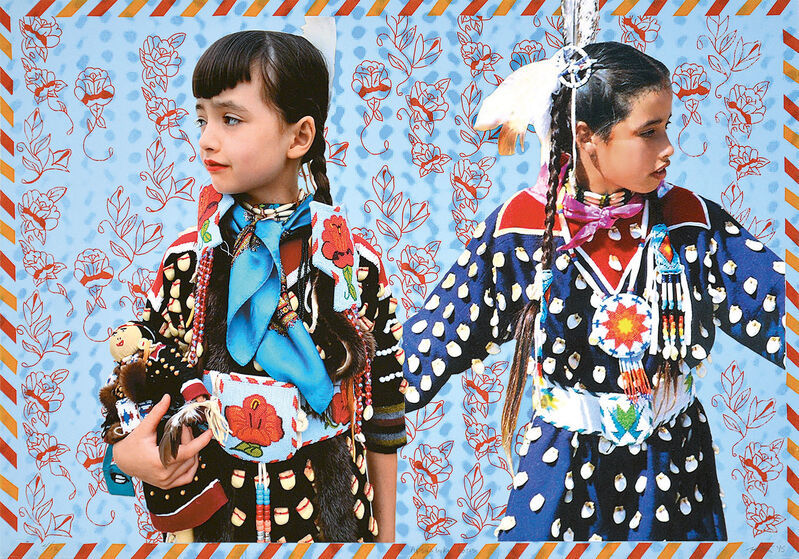
Discover Wendy Red Star
Wendy Red Star draws on contemporary art as well as her Native American heritage for inspiration, and her 2016 Apsáalooke Roses pays homage to her Crow culture. The striking print comprises portraits of the artist and her daughter taken decades apart, at the same age and at the same cultural event. ‘Apsáalooke roses symbolise Crow womanhood and the matrilineal line connecting my daughter and myself to our ancestors,’ she has said.
Born in 1981 and raised on the Apsáalooke reservation in Montana, Red Star upends the romanticised notion of Native Americans as ‘noble savages of the past’, while also celebrating Crow life, history, culture and identity. In contrast to the stoic, idealised images of Native Americans taken by the 20th-century photographer Edward Curtis, for instance, Red Star’s work, spanning photography, video, sculpture and performance, brims with playfulness, humour and irony. ‘Humour is healing to me,’ she has said. ‘To have that element in my work is quite Native, or Crow, and I’m glad that it comes through.’
Born in 1981 and raised on the Apsáalooke reservation in Montana, Red Star upends the romanticised notion of Native Americans as ‘noble savages of the past’, while also celebrating Crow life, history, culture and identity. In contrast to the stoic, idealised images of Native Americans taken by the 20th-century photographer Edward Curtis, for instance, Red Star’s work, spanning photography, video, sculpture and performance, brims with playfulness, humour and irony. ‘Humour is healing to me,’ she has said. ‘To have that element in my work is quite Native, or Crow, and I’m glad that it comes through.’
Share





